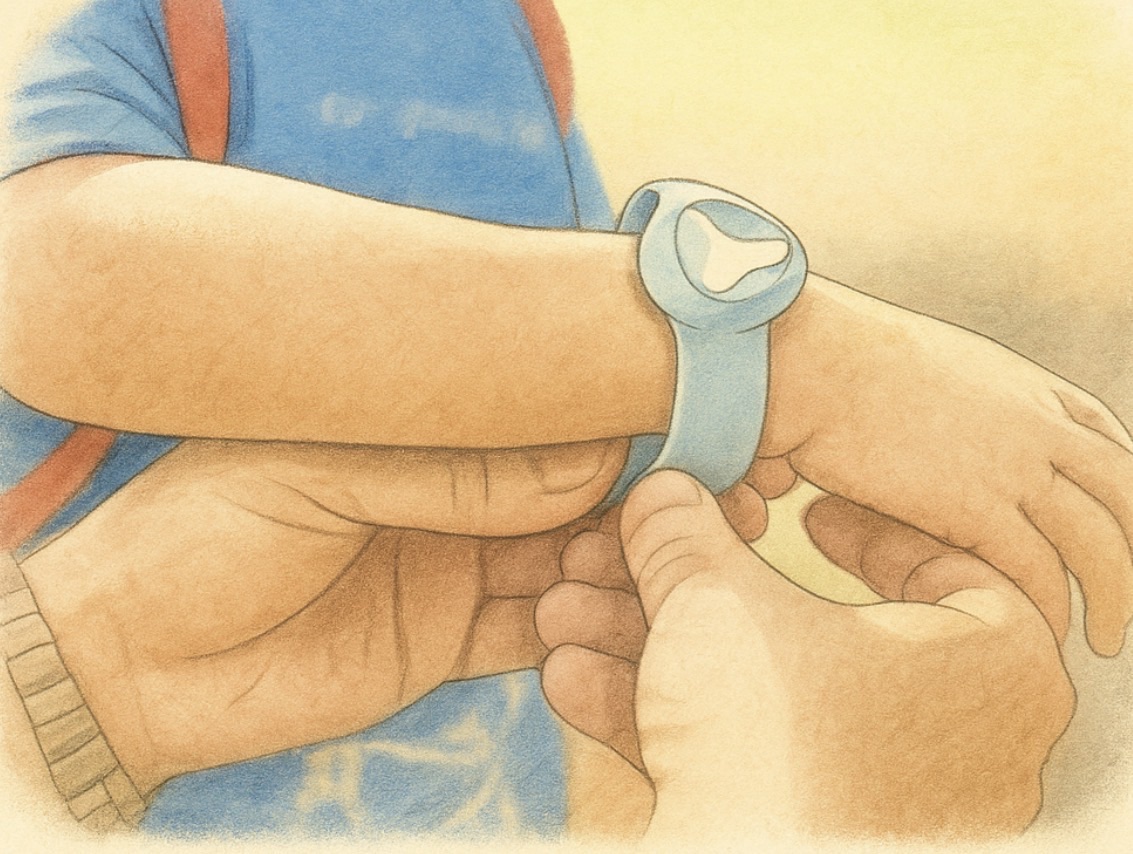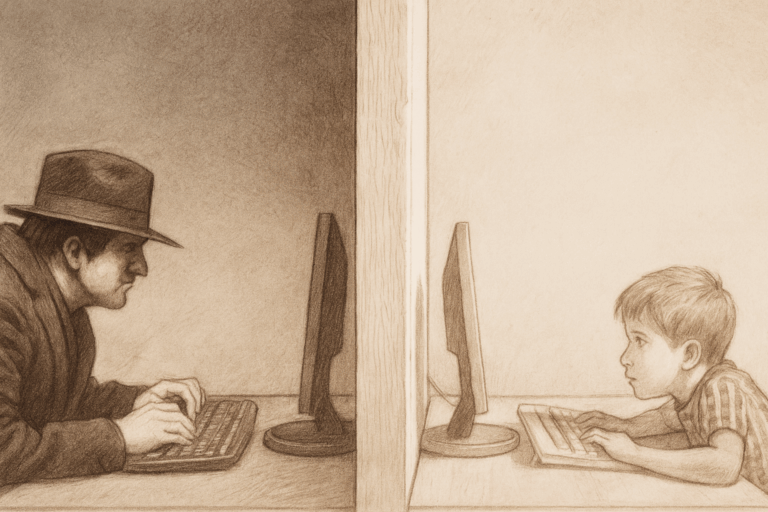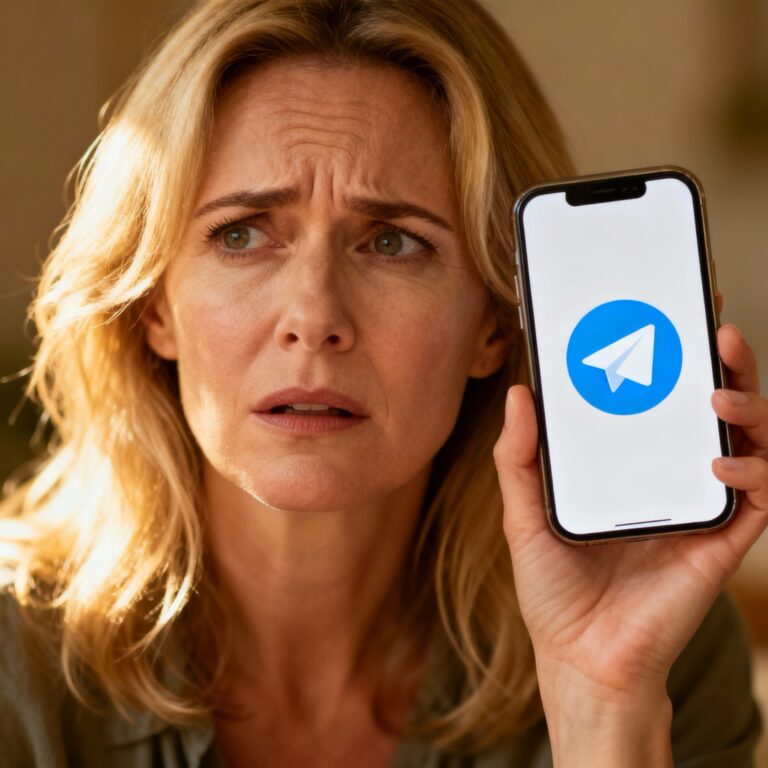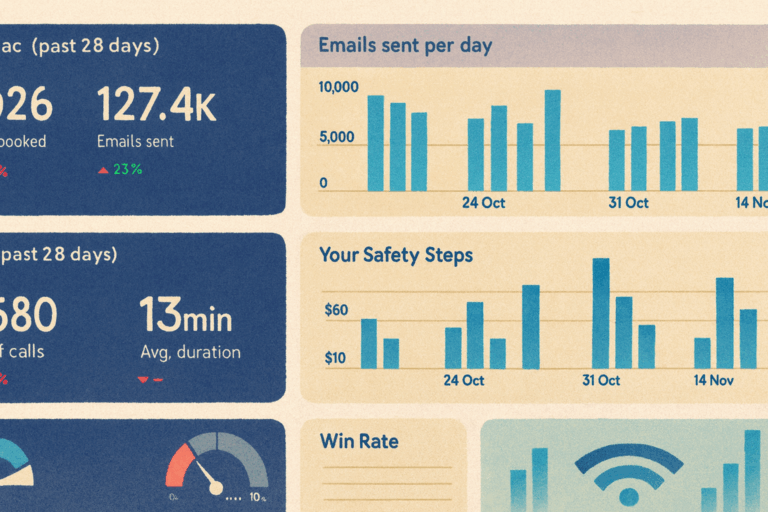Should You Track Your Child’s Location? The Real Parent’s Guide to GPS, Apps & Peace of Mind (2025 Update)

Should You Track Your Child’s Location? The Real Parent’s Guide to GPS, Apps & Peace of Mind (2025 Update)
Written by a family tech consultant (and parent). Balanced, practical advice with UK-friendly links. No affiliates.
Short answer: tracking can be a helpful safety tool when it’s agreed, explained and age-appropriate. Think of it as training wheels — used for a season, not forever. The right choice depends on your child’s age, independence, and what you both feel comfortable with.
Why parents consider tracking
Most families don’t start with “surveillance.” They start with ordinary worries: the school run taking longer than expected, the first solo walk to a club, or a teen who mutes their phone. Location tools can reduce the “where are they?” panic so you can focus on calm conversations, not worst-case scenarios.
- Safety & reassurance: a quick map check is sometimes all you need.
- Age-appropriate independence: tracking can support the step from being driven everywhere to going solo.
- Accessibility needs: for children with additional needs, location tools can be genuinely enabling.
How tracking works (in plain English)
1) Built-in family location tools (free or low cost)
- Apple Find My (iPhone/iPad): share locations within a family group, set alerts when someone arrives/leaves places, and locate devices. Learn more.
- Google Family Link (Android): see a child’s device location, manage app permissions and screen time. Learn more.
- Life360 (iOS/Android): family circles, driving reports, arrival alerts; free tier + paid upgrades. Learn more.
Good for: families who already own smartphones, want simple location sharing, and prefer not to buy more hardware.
2) Dedicated GPS trackers (wearables, keyrings, tags)
These use GPS + mobile networks (or sometimes Bluetooth) to send live location to a parent app. Some include SOS buttons and limited calling.
- GPS watches for kids: location + safe zones + SOS; often require a data plan (eSIM or nano-SIM).
- GPS keyring/clip trackers: smaller, simpler, often with longer battery life than watches.
- Tags (Tile/AirTag): great for bags and bikes; AirTag relies on nearby Apple devices (excellent in cities), Tile uses its own network.
Good for: younger children without phones, or when you need a “single-purpose” solution with fewer distractions than a smartphone.
What should you buy? Clear recommendations by budget
We don’t take affiliate fees. Links below are for convenience and price-checking at trusted UK retailers.
Budget (£20–£50)
- Basic kids’ smart watches (step counter, simple GPS/locations, SOS). Check current prices at Smyths Toys or Amazon UK.
- Tile Mate (tag) for bags and bikes (Bluetooth network). Browse on Amazon UK or John Lewis.
Best for: “peace-of-mind” spot checks with younger kids; minimal features, lower distraction.
Mid-range (£70–£150)
- Kids’ GPS watches with 4G calling/SOS (various brands). Compare at Amazon UK and Argos.
- Vodafone Curve GPS Tracker (clip/keyring; subscription required). See Vodafone Smart Tech.
Best for: school runs, after-school clubs, and kids gaining independence who don’t need full smartphones.
Premium (£150+)
- Apple Watch SE (Cellular) with Family Setup (no iPhone needed for the child). Compare at John Lewis or Amazon UK.
- Samsung Galaxy Watch (LTE) for Android families. Compare at Argos or Amazon UK.
Best for: older kids/teens who want calling, messages and fitness features with robust tracking.
Apple or Android? Use what you already have
Apple families
- Find My is excellent. Set up a Family group, enable location sharing, and add arrival/leave alerts for key places.
- AirTag? Great for bags and bikes. For children, use sparingly: it’s not a live tracker and can be picked up by other Apple devices.
- Apple Watch SE (Cellular) with Family Setup lets a child call/text without a phone. Requires an eSIM plan.
Android families
- Google Family Link provides device location, app approvals and screen time. Simple to set up.
- Samsung Galaxy Watch (LTE) is the most polished Android pairing for older children/teens.
- Life360 works well cross-platform if your household is mixed (iOS + Android).
Age guidance (practical, not prescriptive)
- Under 9: keep it simple — a basic GPS watch or a parent-controlled phone with location sharing. Emphasise “staying in touch” rather than “being watched.”
- 9–12: agree safe zones (home/school/club) and quiet hours; practise how and when to use SOS features.
- 13+: shift toward responsibility (texts, check-ins, raising concerns) rather than constant live tracking.
Consent, privacy & trust
Location tools work best when they’re not a secret. Tell your child what is shared, when it’s checked, and how it helps (for example: “I’ll only look if you’re late home or you text me to check in”). Revisit the agreement as they grow, and be ready to reduce tracking as trust builds.
Legal note (UK): Parents/guardians can use location tools with their minor children when used proportionately and for safety. Don’t track other people (including older teens) without their knowledge or consent. For school devices/accounts, follow the school’s policy.
Set up in ten minutes (checklist)
- Create/confirm your Apple Family or Google Family group. Turn on location sharing.
- Decide between phone location, a GPS watch, or a small tracker (bag/bike).
- Agree when you’ll check location and why. Put it in writing if that helps.
- Test safe zones and SOS together. Practise what to do if lost or uncomfortable.
Related guides from Understanding Tech
- Healthy Screen-Time Rules That Actually Work
- Parental Controls on iPhone & Android
- The Digital Safety Dashboard
At Understanding Tech, we’re parents first and tech people second. We test settings, translate jargon, and share what actually works at home — so families can feel safer, calmer and more confident online.
Download the Parent Tracking Guide (PDF)
Disclosure: Links are provided for your convenience; we do not use affiliate tracking and do not receive payment for recommendations. Prices and availability change frequently.







